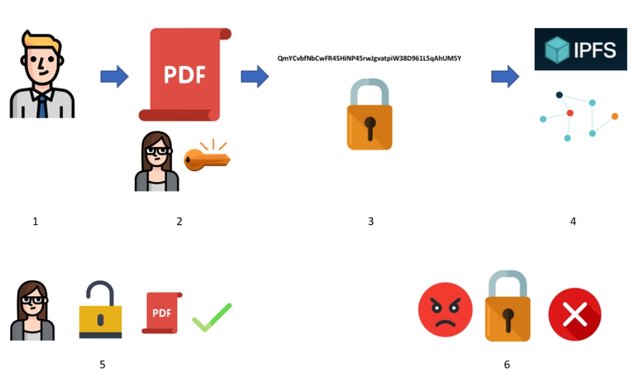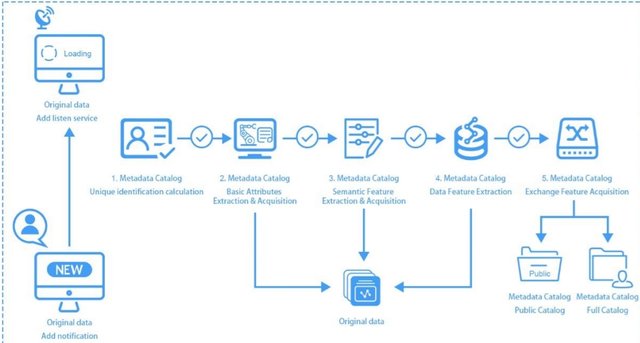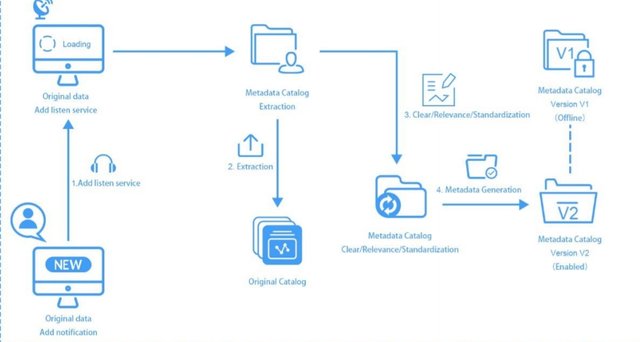The first generation of blockchain applications, mainly Bitcoin derivatives do not store real (non-cryptocurrency) data in the blockchain itself. Instead, they store hash (digital fingerprint). These hashes represent digital assets on-chain. By so doing, the blockchain can be used to track ownership of digital assets, or to act as an immutable log of activity. On-chain data storage is utilized to gain maximum robustness and redundancy for retrieving data from the network as a whole, and also to create a simple and privacy preserving system. However, one of the downsides of utilizing the on chain data storage is that application business logic and data permissions cannot be enforced on-chain (except for cryptocurrency/tokens). Another disadvantage is that storage of large chunk of data on the blockchain could lead to congestion and slowness of network. However, recent research has shown that off-chain data storage, a process that occurs outside the main blockchain is a better solution to the issues of network congestion on the existing blockchain system. Off chain storage of heavy data helps to free up the network for processing relevant transactions, offsets network traffic, thus effectively avoiding congestion and leaving blockchain network running smoothly. Also, off chain storage of data helps to save disk space and bandwidth for all of the nodes and is relevant in addressing any confidentiality concern. To implement these solutions, SEELE has learnt from its predecessors and is proposing to solve one of the biggest problems in existing blockchain technology which is On-chain data storage.

SEELE’S SOLUTIONS
Seele possesses a feature, the Meta-Data-directory Specification (MDDS) which is used to describe the original data features of off-chain storage, including description of basic attributes of the data and dynamic description of data storage mechanism. It is used to identify the original description information of the data. MDDS operates alongside resource description framework (RDF).
While MDDS describes basic attributes of data and its storage mechanism, RDF describes specific information in the uniform asset identifier (UAI), such as computing and calculation of characteristics of resources needed, description of quantity of memory, CPU cores and other information needed.
With MDDS, two kinds of distributed storage methods have been provided: The Interplanetary file system (IPFS) and metadata-on chain.
IPFS: This is a decentralized system where datas are being shared on IPFS. This involves a peer-to-peer protocol where each nodes stores a collection of hashed files. A client who wishes to retrieve any of these files simply needs to call the hash of the file, IPFS then combs through the nodes and supplies the client with the file. IPFS is a decentralized way of storing and referring to files, it gives more control and refers to files by hashes, allowing for much richer programmatic interactions. However, there is an obvious security challenge here, as long as anyone has the hash of the file, it can be retrieved from IPFS, hence the involvement of asymmetric encryption which allows for the encryption of a file with the public key of the intended recipient so that only the owner can decrypt it when retrieved with IPFS. An intruder who retrieves a file is unable to do anything with it since they cannot decrypt it.

META DATA ON CHAIN: Metadata directory on chain is required for properly functioning data storage. It is where all datas and meta data about configuration changes e.t.c are stored. Its interface includes metadata directory extraction and updates for meta data.
Metadata directory extraction is the use of manual and technical methods to extract metadata directory information from actual information. It further splits into public metadata directory (public information and files) and complete metadata directory (inclusive of private information and files) into the blockchain storage
Below is a picture illustrating the procedure involved in uploading metadata to blockchain

Updates for Metadata directory implies that when there is a change in the original data, there is a need for the original data to be synchronized to maintain the original consistency of the data and metadata directory. The process for the update is as follows:
• Listen to the change notification of the original data
• Extract Metadata directory information from the raw data according to the change notification
• Extract, Transform, and load operations according to the metadata Seele 29 directory standard.
• Record the generated metadata directory data as V2 version, and store the information into the chain.
• The upper application enables a new V2 version of the metadata directory, gradually replacing the V1 version of the metadata directory.

Conclusively, In addition to improving data storage on blockchain, Seele aims to build an optimized blockchain system with an improved feature on communication protocols, consensus algorithms, application ecosystem and network infrastructure
For more information about Seele Project, please visit:
Website: https://seele.pro
Whitepaper: https://s3.ap-northeast2.amazonaws.com/wp.s3.seele.pro/Seele_tech_whitepaper_EN_v2.0.pdf
Medium: https://medium.com/seeletech
Facebook: https://m.facebook.com/seeletech
Instagram: https://www.instagram.com/seeletech/
LinkedIn: https://www.linkedin.com/company/seeletech
Telegram: https://t.me/seeletech
Twitter: https://twitter.com/SeeleTech
Bitcoin Talk: https://bitcointalk.org/index.php?topic=2820292.new#new
Reddit: https://reddit.com/r/seelenetwork
GitHub: https://github.com/seeleteam
Writer: Crypto4ruby
Bitcointalk profile link: https://bitcointalk.org/index.php?action=profile;u=1788350
Email: [email protected]